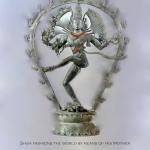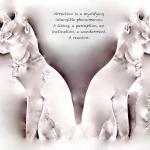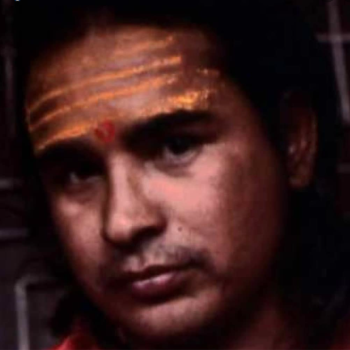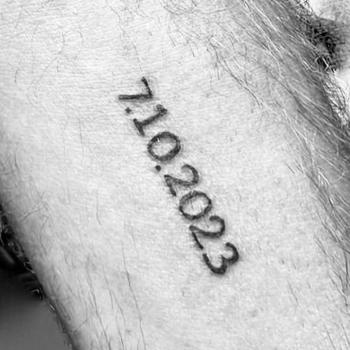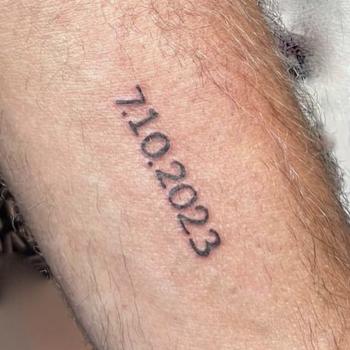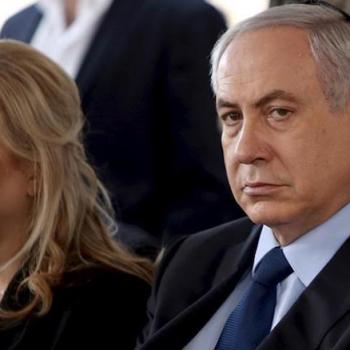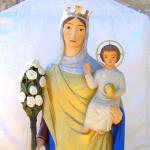
We interrupt the regular scheduled program to bring you breaking news and a special report.
Is That Meher Baba of India?
At around 3am on the 4th of March 2023, a dark-eyed, thick mustached young man interrupted my sleep.
At first, I thought it was the great eccentric spiritual master, Sri Meher Baba who was born on the 25th of February 1894 in Pune, India to Iranian Zoroastrian parents.
Coming out of my deep sleep state, my visitor’s face and form vanished, disappeared, deconstructed. Poof. It was gone. And then at the very moment I knew the name of my young visitor. It was Baba Sali.
Baba Sali, The Praying Father of Morocco
‘Baba’ is a tile of respect for fathers, grandfathers and wise, older men. The word originated in Persian (Farsi), then spread through Africa, Asia, the Middle East and India. Students of yoga often refer to their gurus and masters as ‘Baba.’
In Morocco, Baba is the honorific title for the Sephardic rabbinical lineage of scholars and mystics from the distinguished Abuhatzeira family.
Baba Sali, aka Rabbi Yis-ra-el Abuhatzeira was born on the 12th of September 1889 in Rissani, Morocco. He is the most famous, most beloved and venerated master of Kabbalah, Hebraic mysticism and miracles within the Sephardic community.
Baba Sali literally means “Praying Father” for it was through his prayers that miracles – often witnessed by dozens of devotees – manifested.
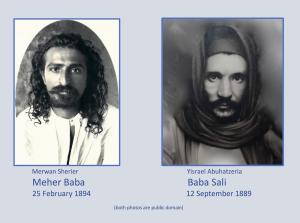
In Every Nook and Cranny, Israel 1972
When I first arrived in Israel in August of 1972, throughout all the towns and cities, on every bus, in every store, kiosk, falafel and shwarma stand. In every nook and cranny there was a photograph, an image, a poster of Baba Sali.
Depicted in deep prayer and meditation, dressed in white with his head covered, his scrawny beard and bulbous nose, Baba Sali was already an old man when I first gazed upon his image.
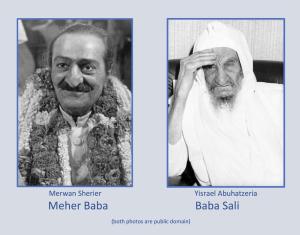
Sephardic, Mizrahi, Oriental Jews of Israel, A Short Interruption
There’s a major misconception and misunderstanding concerning Israelis. Who are they? What do they look like? Where are they from?
For many in the western regions of our planet, Israel is simply a mirror of the Jewish population closest to their communities.
However, the majority of Israeli Jews are dark skinned from Sephardic and Mizrahi (also called Oriental) countries. They immigrated from the Middle East, North Africa, Mediterranean Basin and Iberian Peninsula.
They came from Algeria, Egypt, Greece, Iran, Iraq, Jordan, Lebanon, Libya, Morocco, Portugal, Spain, Syria, Tunisia, Turkey, Yemen. And then there are the Jews of Dagestan, the Caucasus, India and Ethiopia.
Mizrahi traditions, customs and celebrations – compared to the intellectual and cerebral European and Anglo Saxon Jewry – are romantic. The Mizrahi relationship to God is passionate and potentially all-consuming like the legend of “Layla and Majnun,” the poetry of Kahlil Gibran and the ever popular “A Thousand And One Arabian Nights.”
Baba Sali’s Ancestry and Flying Carpets
Baba Sali’s family name was originally “Elbaz,” but that changed in the early 1600s with his relative Rabbi Shmuel Elbaz of Syria.
Rabbi Shmuel needed to travel to Turkey, however he didn’t have the funds to pay for the long boat journey to Istanbul.
Undaunted, with complete and absolute devotion, Rabbi Shmuel placed his prayer rug on the water.
He invoked the name of God, repeated prayers over and over. And if by magic, the carpet hovered about the waters and transported him all the way to Turkey.
Witnessed and recorded by many, Rabbi Shmuel and his offspring were forever known as Abuhatzeira, “Father (Abu) of the Carpet (Hatzeira).
Legends of flying carpets are woven into the mythology of Middle Eastern and Arabic stories and poems.
Yet, according to various scholars, the mythology of the flying carpet started with the Queen of Sheba who learned the magic wasn’t in the fiber or the weave. The magic of the carpet’s levitation and flight was in the dyeing process and use of clays that were untouched, unsullied by human hands.
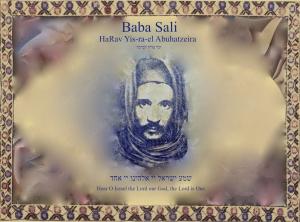
TO BE CONTINUED….
ON THE ROAD TO FIRENZE, ITALY PART THREE

